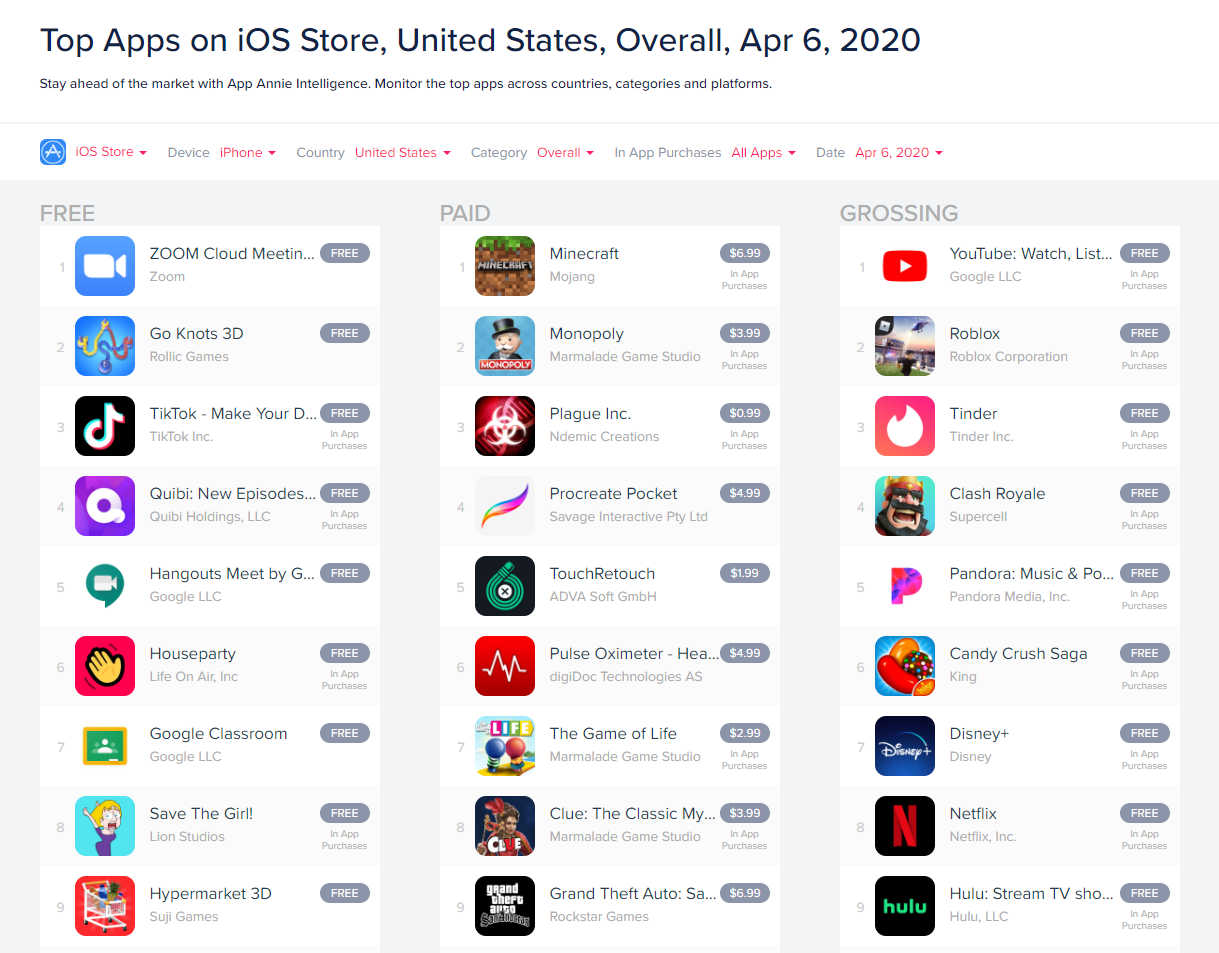
I read yesterday that NYC schools banned Zoom due to security concerns. Based on facts? Or media-fueled fear?
As reported by the Washington Post on Saturday: “Some school districts around the country have started to ban the use of Zoom for online learning from home during the coronavirus crisis because of growing concerns about security.”
At a press conference today speaking about the decision to ban Zoom, per the New York Post, Mayor Bill de Blasio said, “We’re not going to put our student’s privacy and our student’s data at risk.”
Welcome to Zoom World
There’s a reason, in the horse race of video conferencing, that Zoom has been winning, outpacing rivals WebEx and Skype (both having been around much longer). It’s the easiest to use and the most reliable. Plus its free offering, Basic, is rich with features, among them the comedy wellspring that is virtual backgrounds.
My favorite thing about my new zoom virtual background is that it triples my productivity in meetings. pic.twitter.com/KNnrKs4hmf
— Amit Serper (@0xAmit) March 31, 2020
Then COVID-19 happened, and with it social distancing and work from home, a “black swan” (or Black Mirror?) push through the social looking glass that finally made our internet-connected virtual experience our only experience.
Since February, Zoom usage has skyrocketed. As revealed by its CEO in a recent blog post, daily participants in meetings exploded from 10 million in late December to 200 million in March — kids and their teachers from 90,000 schools across 20 countries counted among them. Since mid March, per App Annie, it has been the top free app downloaded in the Apple’s App Store, even beating out Tik Tok.
Daily participants in meetings exploded from 10 million in late December to 200 million in March.
It’s not an exaggeration to say in a matter of mere weeks, the whole world started to Zoom. Or as a New York Times article declared with its title, “We Live in Zoom Now.”

Backlash, Hot ‘N’ Ready
The spotlight, in a predictable arc, brought scrutiny. And that scrutiny brought backlash — part of it, seemingly now mandatory, in the from of Twitter-baked hot takes. The hottest of which came from a Princeton computer science professor who tweeted: “Let’s make this simple: Zoom is malware.”
That white-hot reaction garnered 7K retweets and was referenced as the first words in a headline from The Guardian in an article itself re-shared 26K times. In the immortal words of legendary weatherman Ron Burgundy, “Boy, that escalated, quickly.”

Undeniably, the NYC Department of Education felt pressured by the backlash to respond, regardless if the media-fed frenzy was reasonable or moored to reality. According to headlines, they were forcing innocent kids to use malware. Gasp!
But who made the decision to do so? As told by a local administrator to the New York Post, educators decided to use Zoom themselves “with zero guidance and zero input from the DOE.” In actuality, it seems teachers were the ones forced: to deliver a virtual classroom overnight using a solution never designed for their situation, with no guidance or help to do so. In this light, Zoombombing seemed inevitable.
FUD Meets Facts
So … is Zoom malware?
Amit Serper, Security Strategy VP and Principal Researcher at Cybereason, posted a response to Medium, succinctly titled, “Zoom isn’t Malware.”
The post, also co-authored by David Kennedy and Dr. Russell Handorf, states: “Most of the exposures identified would be considered low to medium risk. In the media it was portrayed that you should stop using Zoom now, that it’s malware, and you are at risk if you use the product. This is false.”
Most of the exposures identified would be considered low to medium risk.
“One of Zoom’s main issues is that it IS simple to use. It’s designed to be simple, and it’s designed to allow any age, old or new, to have open collaboration and in a simple way. With that, there are configurations that if left open, could potentially pose some risk towards you from anonymous individuals coming into the meetings.”
They go on to list 12 steps you can take to secure your Zoom sessions, and recommend an article from Kate O’Flaherty for Forbes, in which she enumerates her own seven essential security steps.
Although not default, these mostly consist of preexisting features easily and quickly re-configured. At the end of March, Zoom published its own blog aimed to assist educators with the “Best Practices for Securing Your Virtual Classroom” and released a video demonstrating how they’re enacted from within the app’s settings.
Keep Calm and Zoom On
What shouldn’t be overlooked is Zoom’s success in scaling their platform in an unprecedented scenario, and in so doing, becoming the critical app by which we’re all staying connected, one virtual meeting at a time. The kids will be alright — us grown-ups too — in Zoom World.
Keep calm and Zoom on.
Featured image credit: Leonardo Augusto Matsuda via Flickr
